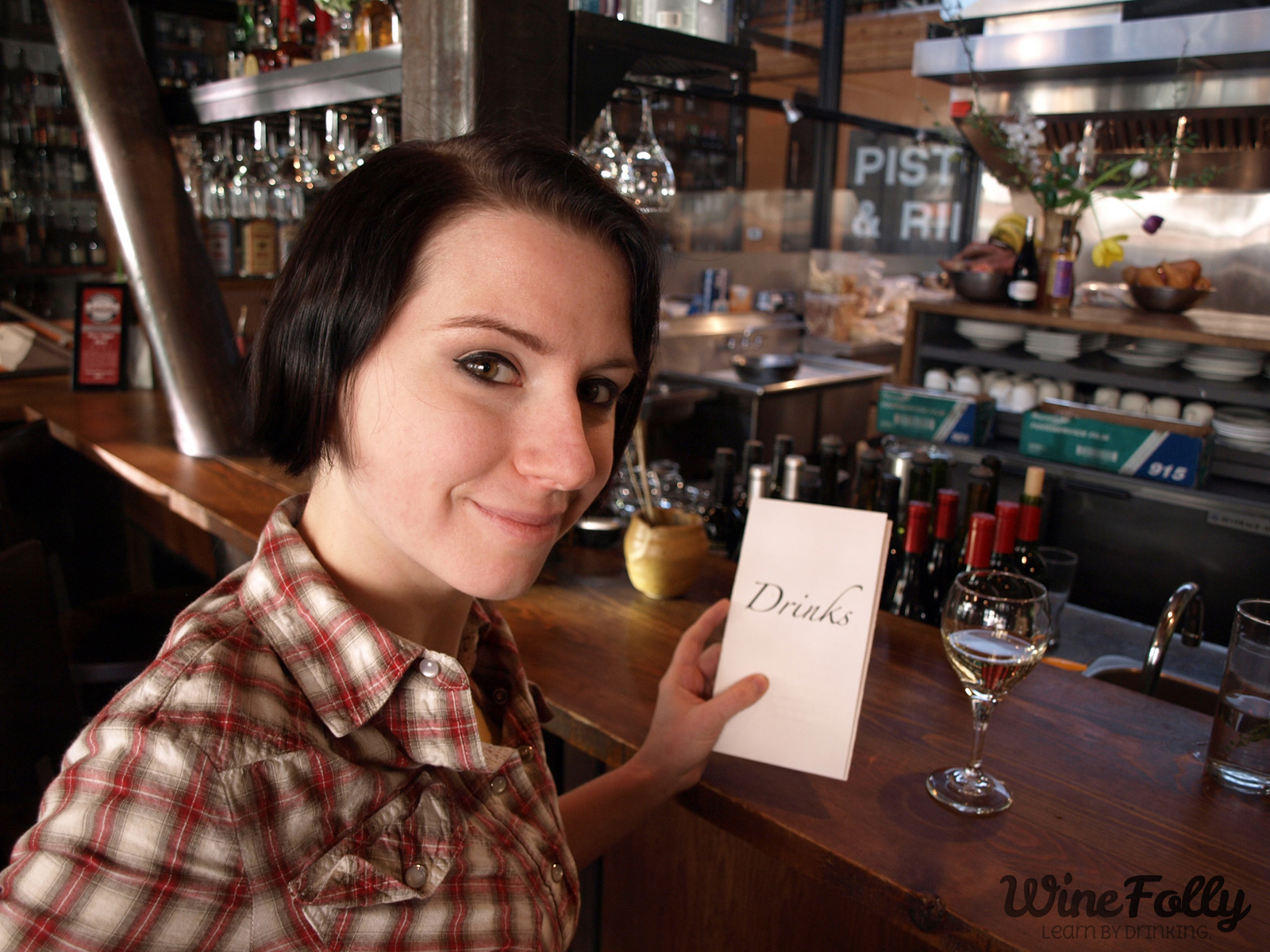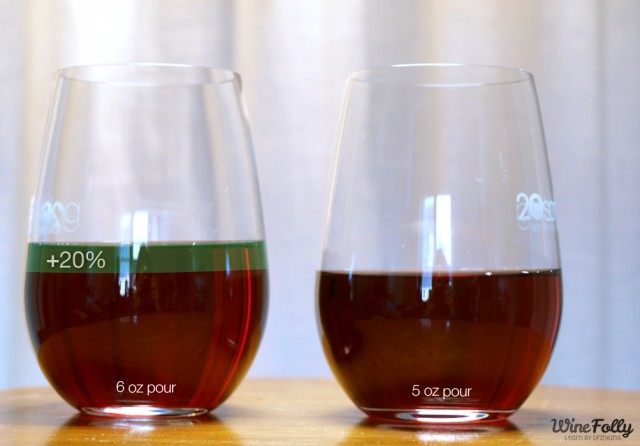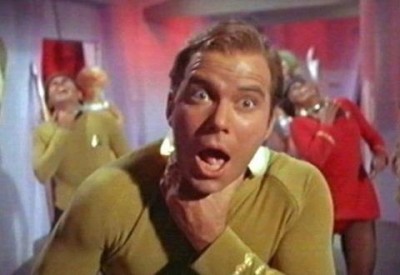Wine by the Glass
Over the years since I first started working as a wine server, wine by the glass (known in the biz as “WBTG”) programs have grown in size and popularity. But there are a few things to watch out for in “by the glass” wines, particularly at large corporate chains.
The following guide illustrates the issues and will help make your next glass of wine much more delectable.

Know the Mark Up
A single glass of a wine is typically priced at the wholesale cost of the entire bottle. That means a wine you drink for $9 a glass would retail by the bottle for $12 (with the typical 30% markup from wholesale). While this is the baseline, I’ve seen restaurants across the street from one another vary in as much as $4 per glass of wine—where the local casual eatery was charging $13 per glass and the behemoth fine dining restaurant charged $17 for the same wine!
Solution: Buy by the bottle. Without being an expert in every wine, the safest bet is to buy a bottle, which tends to be a better value. If the wine is available by the glass, you can feel comfortable asking for a taste before committing to an entire bottle. A bottle contains enough wine for four to five glasses of wine, a comfortable amount for a two-person party.
No Standard Pour Size Exists

A six-ounce pour is a typical glass of wine; however, many establishments prefer a five-ounce pour as it allows them to serve five glasses of wine per bottle, versus four. My opinion is that a five-ounce pour has no benefit for the guest because it creates confusion as to the value of the serving.
Solution: Ask and make an impact. Ask your server before ordering what the serving size is. Comments like these make it to managers who can change the restaurant’s policy. I worked at a corporate steakhouse who changed their pour size from five ounces to six because of overwhelming demand from regular diners.

An Open Wine Spoils Quickly
Most restaurants do not use open wine preservation systems. The wines I pour at the beginning of service are often open from the night before. On larger wine lists (25+ selections by the glass) some wines can be open for multiple days. The wines that are left open the longest tend to be ordered the least: esoteric varietals, high-priced wines, sweet wines, and sparkling wines.
Solution: Order smart. Use this simple rule: if you’re at a French restaurant, French wines move the quickest. Steakhouse? Bold red wine. A restaurant in Washington Wine Country? Washington wines.
Corporate Brand Placement Dominates
Major wine brands pay thousands of dollars a year to partner with corporate restaurants. Partnerships are decided at an executive level, wherein the individual restaurants in the chain have limited, and in some cases, no control over their wine lists. To fortify their already dominant position on the corporate chain’s wine lists, wine brands will run giveaways and offer cash rewards to the servers who sell the most of their product. This in turn encourages servers to push a product based on an incentive rather than a good pairing with your meal.
Solution: Dine local. Dine at local restaurants who have control over their wine buying choices. Ask your server what’s special, what’s popular and what their favorite two wines are. This will help you hammer down what sells the most. Be willing to try something new, and if you’re not sure, ask for a taste of the wine before buying the glass.
